
Ancient works of unique value
Among the remaining French colonial buildings in the city, Villa No. 1 Pasteur is considered particularly outstanding. According to People's Artist Huynh Hung, former Director of the Department of Culture, Sports and Tourism, this was once the residence of a colonial official, has unique architecture and is one of the most beautiful buildings among the French buildings left in Da Nang.
Villa No. 1 Pasteur is over 100 years old and was designed in an open architectural style, harmoniously combining grandeur and closeness to nature. “This project has been included in the list of valuable architectural works that need to be preserved. Therefore, the first and most important thing is to preserve and promote the value of this house,” People's Artist Huynh Hung emphasized.
Sharing the same viewpoint of honoring heritage values, Architect Nguyen Quang Bao, Head of the Faculty of Architecture, Danang University of Architecture, said that the project was built in the first half of the 20th century, with a modern style but different from many other projects of the same period in Vietnam.
The structure and architectural language of the villa are rare and unique with soft curves, flexible spaces and minimalist decorative details, while still retaining the spirit of French architecture.
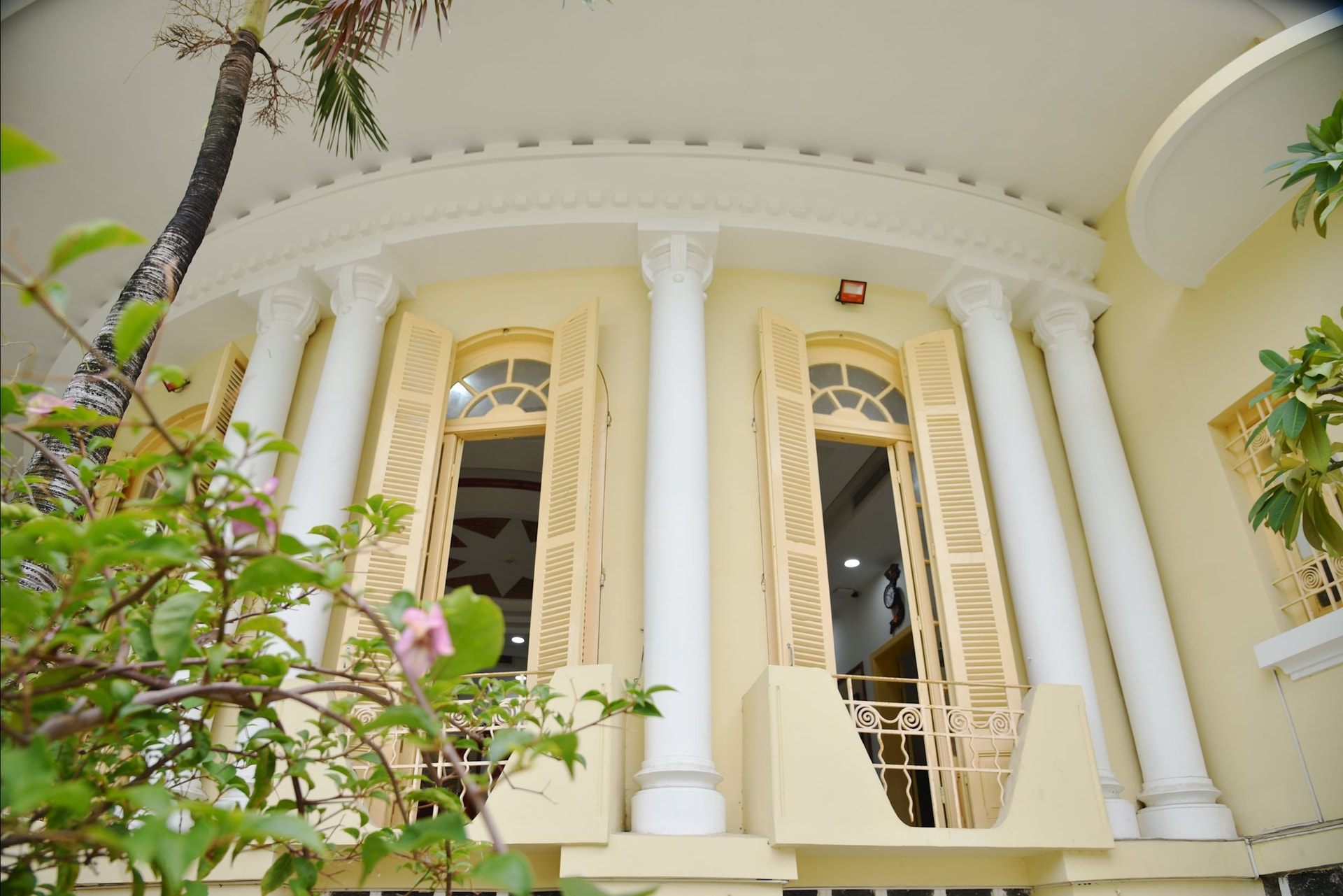
Meanwhile, Architect Nguyen Xuan Trung, lecturer at the Faculty of Architecture, University of Technology (University of Danang), commented that Villa No. 1 Pasteur is one of the beautiful French architectural works in Indochina style and was researched and built to suit the natural conditions of Vietnam.
“Up to now, the project has been renovated and maintained several times but still retains its original architectural features. On the other hand, the project also contains historical and cultural values, almost a testament to the city's development process,” said architect Nguyen Xuan Trung.
Priority exploitation for cultural sector
With the value and history of Villa No. 1 Pasteur, People's Artist Huynh Hung said that in order to preserve and best promote the value of this building, the city should research and prioritize the use of the building to serve the activities of displaying, exhibiting and holding literary and artistic seminars.
“The first important thing is to preserve and promote this house. Promoting this house means that the public and people can access it, participate in activities and admire it,” People’s Artist Huynh Hung emphasized.

In terms of expertise, Architect Nguyen Quang Bao emphasized that through the ups and downs of history, Villa No. 1 Pasteur has become a living heritage in the heart of the city. Therefore, it is necessary to have a direction to exploit and use the project appropriately, both to avoid affecting the original value and to ensure the promotion of the function and architectural space.
“To promote the value of the heritage, it is necessary to research, promote and exploit the work so that the public can visit and admire it as a treasure. The city can use the work as a thematic museum, or a space to display valuable documents of Da Nang,” Architect Nguyen Quang Bao suggested.
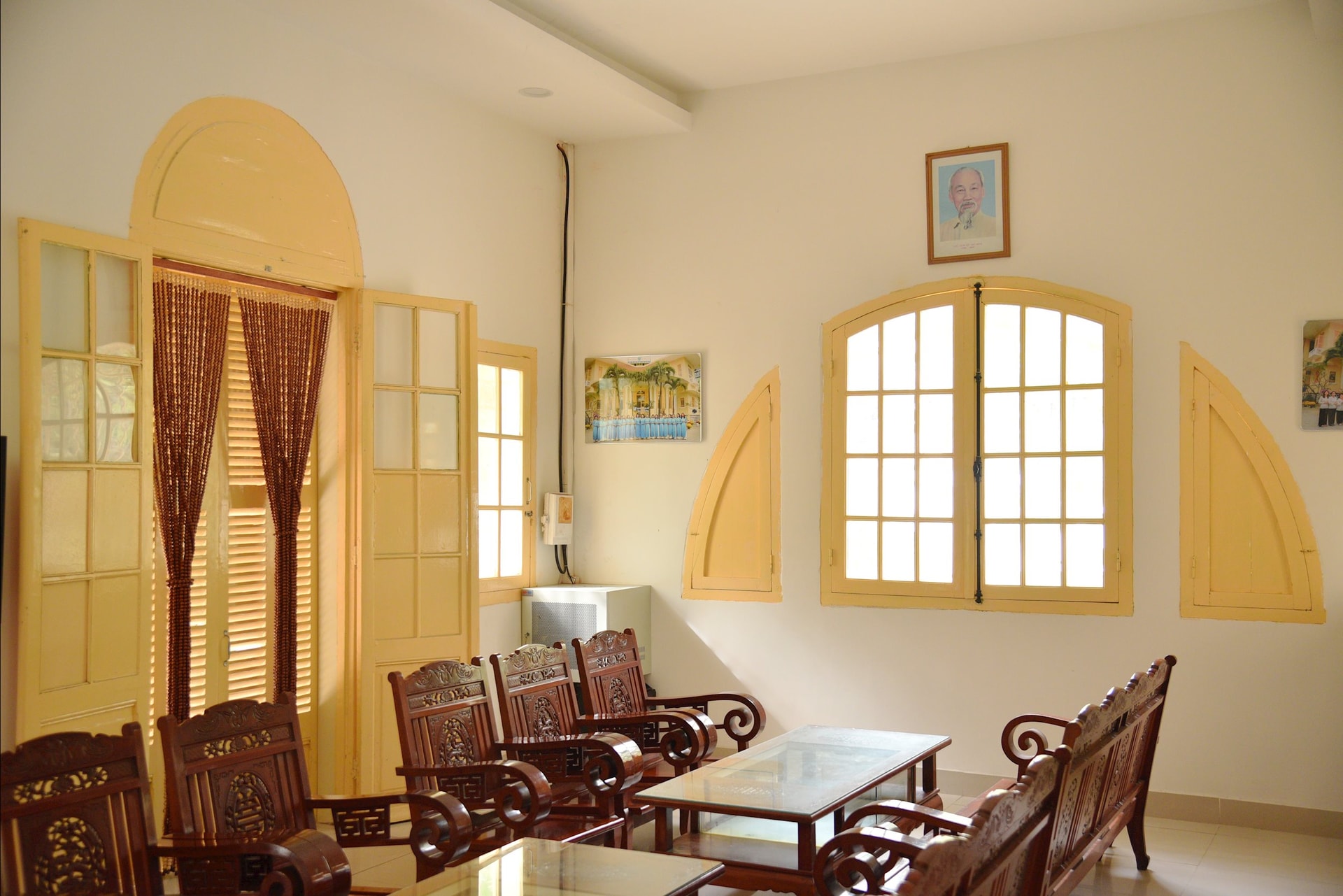
From an academic perspective, Architect Nguyen Xuan Trung believes that it is necessary to approach the use of the building in the direction of “adaptive conservation”, which means both preserving the original and converting its function to suit modern life. In the future, this will become the highlight of the “living museum” space, connecting neighboring cultural and historical relics, creating an attractive tourist route.
According to Mr. Trung, the conversion of the function of a building to serve the socio -economic needs is necessary, but must ensure the least impact on the original structure. For example, the current Da Nang Museum is a typical example of the conversion of the function of a valuable French architectural work.
“With Villa No. 1 Pasteur, functions such as serving culture, art, being a museum, and an exhibition space are the best options for the project. That is also a way to exploit more deeply the architectural, historical and cultural values of the heritage,” said Architect Nguyen Xuan Trung.
[Video] Experts give their opinions on the ancient villa No. 1 Pasteur
Source: https://baodanang.vn/giu-gin-va-phat-huy-gia-tri-biet-thu-co-so-1-pasteur-3310368.html





















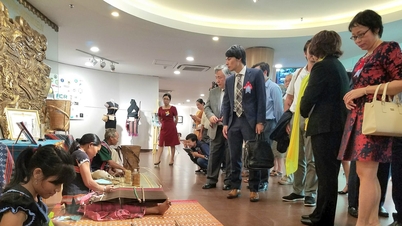














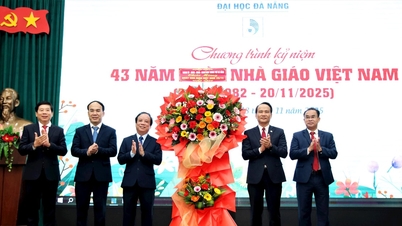


![[Photo] General Secretary To Lam and National Assembly Chairman Tran Thanh Man attend the 80th Anniversary of the Traditional Day of the Vietnamese Inspection Sector](https://vphoto.vietnam.vn/thumb/1200x675/vietnam/resource/IMAGE/2025/11/17/1763356362984_a2-bnd-7940-3561-jpg.webp)





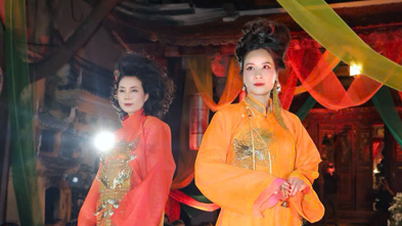
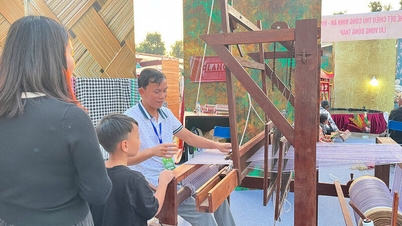



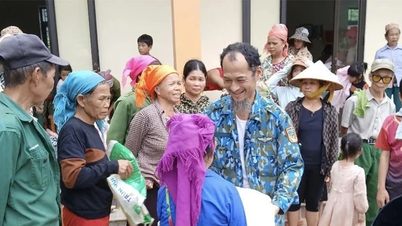



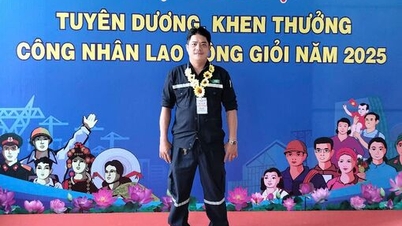






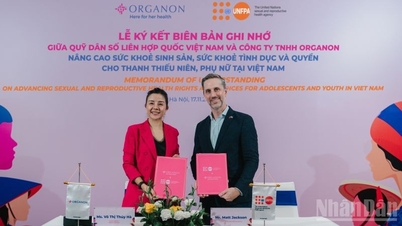













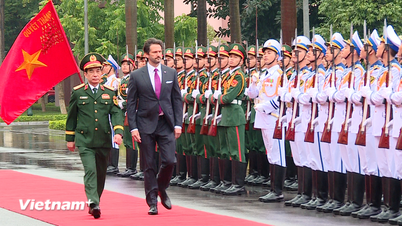














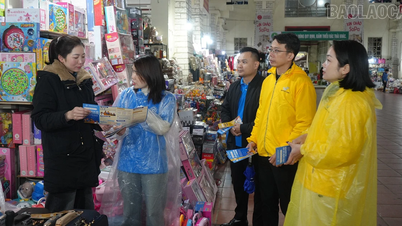











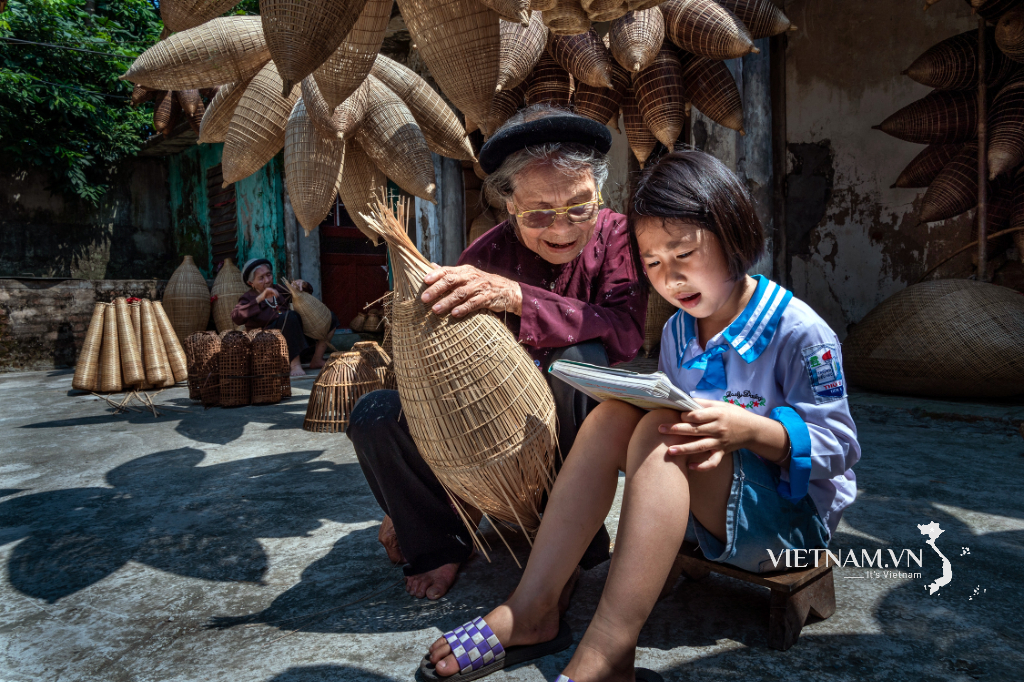



Comment (0)